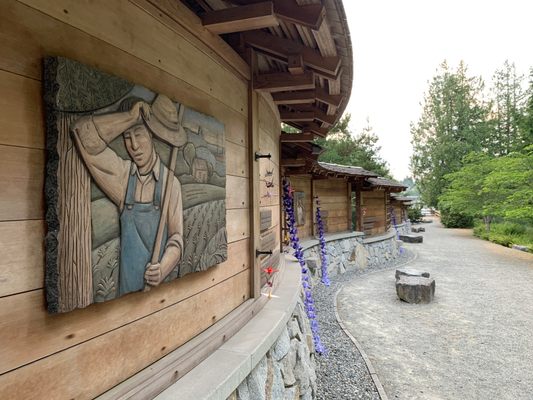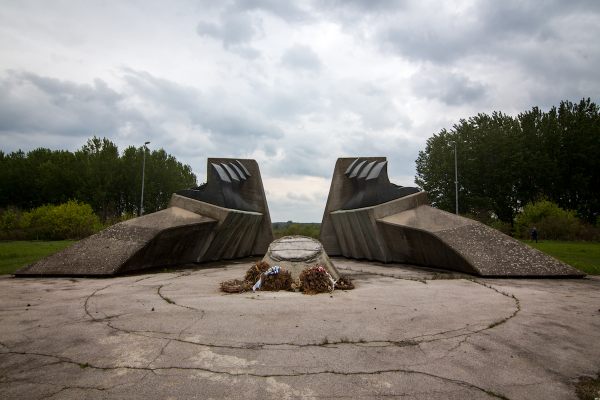About
On March 24, 1942, 277 Bainbridge Island residents of Japanese descent were taken away from their homes. These were the first of some 120,000 Japanese American residents on the West Coast that were forced to relocate from their homes, the result of a February 19th Executive Order from President Franklin Roosevelt during World War II.
Many Bainbridge Island residents were forced to a concentration camp in the California desert and later transferred to the Minidoka Relocation Center in southern Idaho, one of the ten major concentration camps located on the western side of the country. These are not acts that a society that boasts ideals of inclusion should quickly, or ever, forget.
This is why the Japanese American Exclusion Memorial was created on Bainbridge Island, on the south shore of Eagle Harbor in Washington. The monument was conceived to honor those 277 people of Japanese descent, the first to be taken from their homes due to their proximity to a prominent military base on the island.
The idea for the memorial was approved in 2007, and soon afterward declared a national monument. It was unveiled in 2009 on March 30th, the 67th anniversary of the internment. Today, people can walk the “Story Wall” at the memorial, which includes the name of all the residents of Japanese descent who lived on the island at that time.
Related Tags
Community Contributors
Added By
Published
May 10, 2018































































